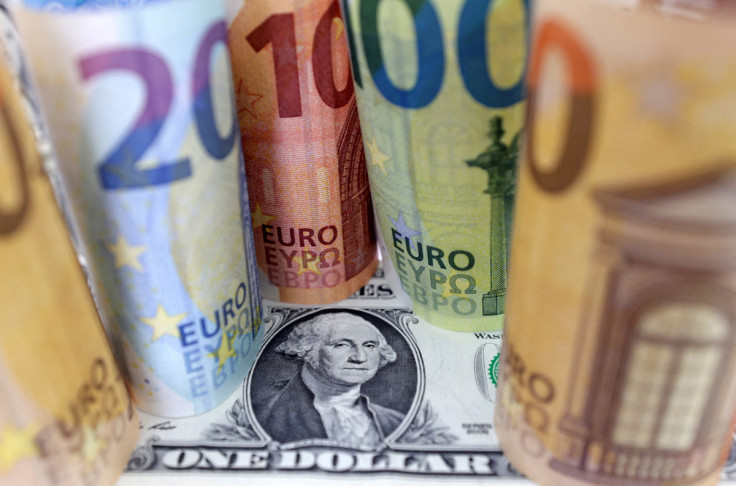Dollar eases as investors price out 'Armageddon recession' risk
The dollar eased on Thursday as investors scooped up higher-risk currencies after a run of strong U.S.

The dollar eased on Thursday as investors scooped up higher-risk currencies after a run of strong U.S. economic data reinforced confidence in the global growth outlook, even though the Federal Reserve looks set to raise interest rates further.
Data from the U.S. Commerce Department showed on Wednesday that U.S. retail sales rebounded sharply in January after two straight monthly declines, driven by purchases of big-ticket items like motor vehicles and other goods.
That came just a day after U.S. inflation figures showed consumer prices slowing, but still sticky. Data from earlier this month also showed that U.S. job growth accelerated sharply in January, pointing to a resilient economy.
However, the question for market watchers is how well can the economy continue to hold up, especially as rates head much higher than many originally thought.
"The data is coming in strong and it is leading people to price out the 'Armageddon-recession' scenario that everyone was expecting at the start of the year, but I'm not sure one CPI and one retail sales print is enough for everyone to think all is fine and dandy with the economy once more," TraderX strategist Michael Brown said.
"The logic is sound, but the flipside to that - to play devil's advocate a little bit - is: rates higher for longer, but can the economy withstand a 5.5% rate for particularly long?"
The interest rate futures market, or curve, shows U.S. rates could peak close to 5.25% by July before dropping to 5.0% by the end of the year.
"I would say if you look at the curve, that's pricing 30-ish basis points of cuts between July and December. The curve is saying the economy wouldn't be able to withstand that," Brown said.
The U.S. dollar index fell 0.1% to 103.73, after touching a six-week high of 104.11 the previous day.
Expectations for U.S. monetary policy have shifted dramatically even since the start of the month. On Feb. 1, markets were priced for a peak of 4.83% by July, with a drop to 4.5% by the year-end.
Evidence of economic strength undermined the dollar on Thursday, but it gave equities and commodities a lift.
"If we take a step back, the better-than-expected U.S. data should support the global growth picture. In addition, China's reopening story has yet to fully play out and if data in the coming weeks starts to show a pick-up in activity, then this should bode well for global growth," said Christopher Wong, a currency strategist at OCBC.
With the dollar on the back foot, the euro rose 0.2% to $1.07095, having hit six-week lows earlier in the week. That said, it is still more than 11% above late September's 20-year low.
Graphic: Euro-
Sterling rose 0.1% to $1.20465, after having lost more than 1% on Wednesday.
British inflation slowed more than expected in January and there were signs that price pressures are cooling in parts of the economy, such as services, that the Bank of England (BoE) watches closely.
The BoE has already indicated that it may stop raising rates in March and Wednesday's inflation data reinforced that view.
Meanwhile, the yen gained broadly, pushing the dollar down by 0.2% to 133.91, and the euro down 0.1% to 143.3. Yen traders are waiting for a speech by Kazuo Ueda, the nominee to become the Bank of Japan's next governor, at a confirmation hearing at the lower house of parliament on Feb. 24.
Copyright Thomson Reuters. All rights reserved.





